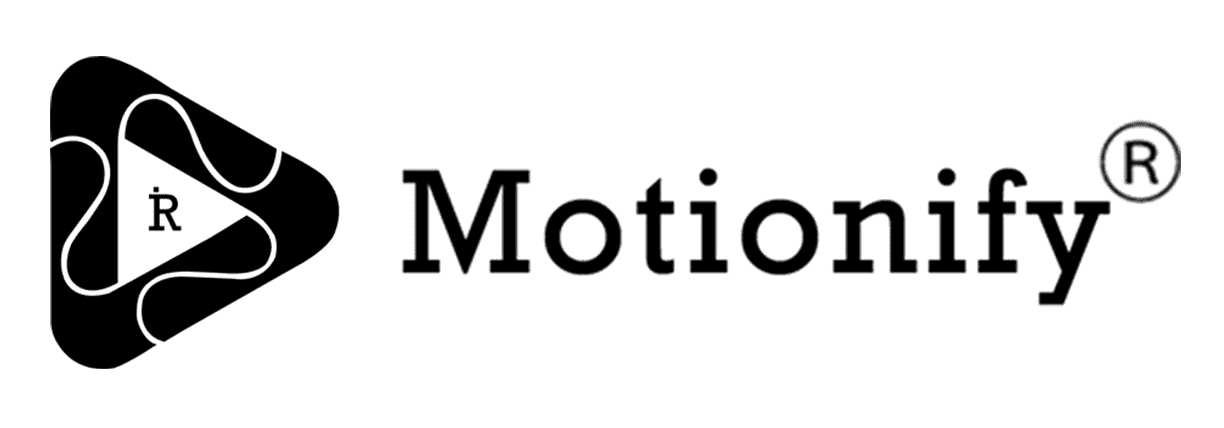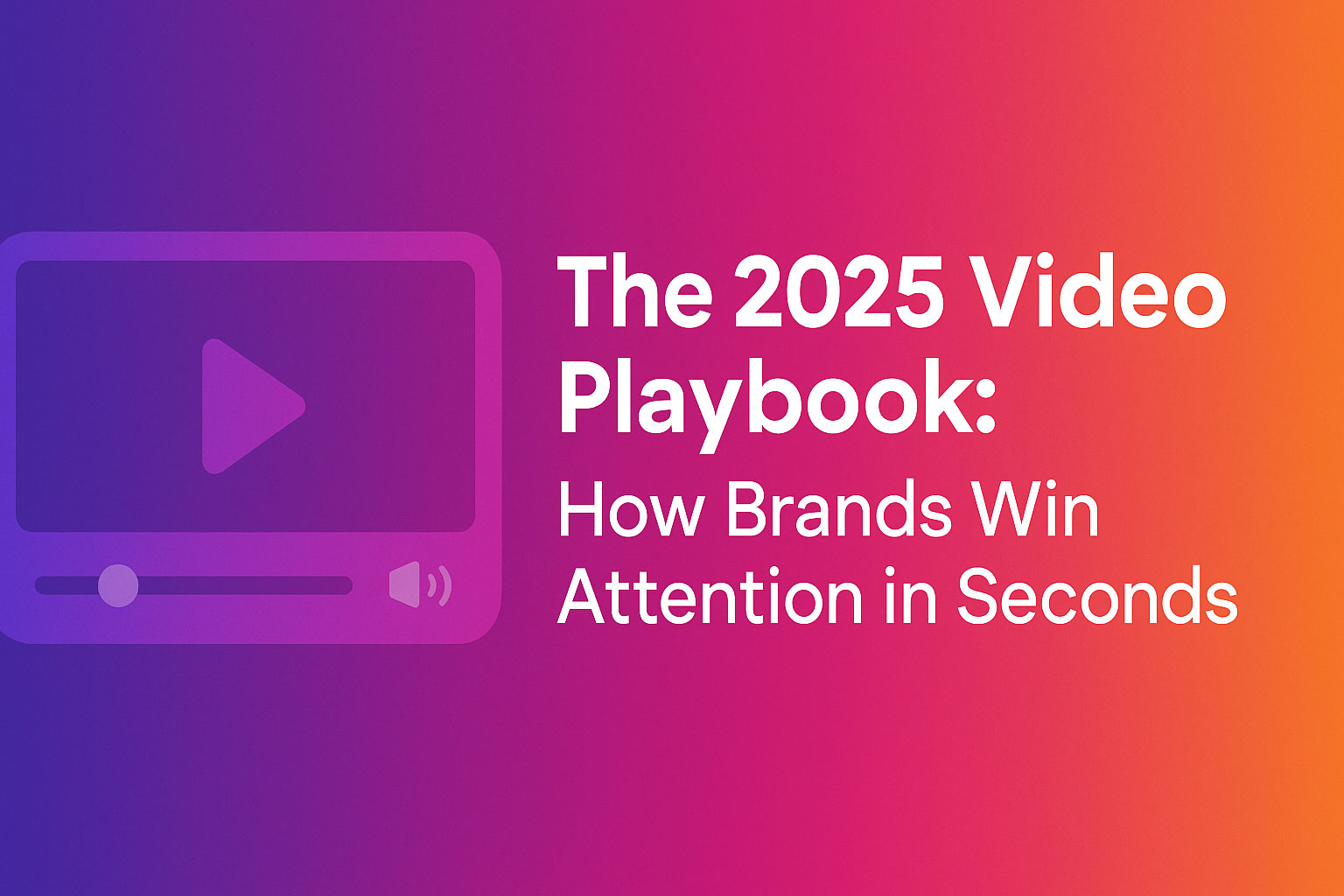
Product Demo Videos that Close B2B Deals in 2025 (Structure, Length, and CTAs)
Introduction
In 2025, buyers don’t want another PDF, a 50-slide deck, or an endless sales call—they want to see the product in action. A well-crafted product demo video is now the B2B marketer’s most powerful weapon. It shows value instantly, builds trust at scale, and accelerates decision-making.
At Motionify, we’ve seen firsthand how demo videos shorten sales cycles and influence pipeline—often acting as silent sales reps that work 24/7. But not every demo works. The ones that close deals are structured, concise, and CTA-driven.
This article breaks down exactly how to craft product demo videos that win in 2025: the best formats, ideal lengths, and call-to-action strategies. Plus, you’ll get access to our free Demo Script Builder to start creating high-converting demos today.
Why Demo Videos Outperform Decks
There’s a simple reason demo videos outperform text and slides: buyers prefer watching over reading.
🔹 Faster trust-building:
Seeing is believing. A live product walkthrough convinces far faster than a static deck.
🔹 Consistent messaging:
Every prospect gets the same polished, error-free demo—no variance across sales reps.
🔹 Scalable sales:
A demo video can be sent to 100 prospects, shared internally by champions, or replayed on-demand without draining your team’s time.
In effect, a great demo video is your best-performing sales rep—working around the clock, without missing a beat.
The 3 Winning Demo Archetypes
Explainer Demo (2–3 minutes)
- Use when introducing your product to new prospects.
- Focus on the big picture: the problem, the promise, and one or two standout features.
- Tone: high-level, easy-to-digest.
Feature Walkthrough (3–4 minutes)
- Best for mid-funnel prospects evaluating specific needs.
- Show key workflows, integrations, and practical use cases.
- Tone: instructional yet persuasive.
Chapterized Demo (30–45 seconds per module)
- Designed for bottom-funnel prospects with multiple stakeholders.
- Each video focuses on one feature or benefit—finance cares about ROI, IT cares about security, sales cares about usability.
- Tone: segmented, modular, highly targeted.
These archetypes ensure you’re not relying on a one-size-fits-all demo but matching the right format to the buyer’s journey.
The Perfect Demo Video Structure
Every high-converting demo follows a simple yet powerful framework:
- Hook (0–15s): Call out the pain point. Example: “Managing compliance shouldn’t take 20 hours a week…”
- Promise (15–45s): State how your product solves it. “With [product], compliance is automated in minutes.”
- Proof (45–120s): Show the feature, the interface, or a workflow. Use screen recordings, UI mockups, or live action.
- Path (120–150s): Highlight integrations, ROI, or case study snippets.
- Push (CTA): Direct next step: book a demo, start a free trial, or download a case study.
This 5P framework (Hook → Promise → Proof → Path → Push) is universal, whether you’re in SaaS, fintech, manufacturing tech, or consulting.
Ideal Lengths in 2025
Attention spans are shorter, decision windows are tighter. In 2025, the sweet spots are:
- Top of Funnel (TOFU): ≤3 minutes. Quick overview, big value.
- Mid-Funnel (MOFU): 3–5 minutes. Enough detail to answer evaluation questions.
- Bottom-Funnel (BOFU): Modular clips <1 minute per feature, customized by persona.
Anything longer risks drop-offs. Instead of a single 10-minute monologue, split into chapters. Buyers binge-watch Netflix-style content; your demo library should feel the same.
CTA Best Practices
Even the best demo fails without a strong call-to-action. In 2025, CTAs need to be timely, clear, and clickable:
- Mid-roll overlays: Add CTAs when engagement is highest (around 60% watch time). Example: “Book a live walkthrough now →”.
- Multiple choices: Instead of one hard ask, offer tiered CTAs—book demo, download case study, or talk to sales.
- Always measurable: Use trackable links (UTMs), in-video buttons, or platform-integrated CTAs so every click ties back to pipeline.
Remember: the CTA is the bridge between interest and action. Don’t leave it to chance.
Localization & Accessibility (India Context)
For Indian B2B buyers, localization is not optional—it’s a trust factor.
- Pricing in INR: Don’t make prospects mentally convert from USD.
- Dual-language captions: English + Hindi (or regional, depending on market). Accessibility increases watch time.
- Inclusive design: Add captions, maintain color contrast, and avoid jargon-heavy scripts.
A localized demo tells buyers: we understand your market, your language, and your challenges. That’s half the battle won.
Handover to Sales
A demo is only as powerful as what happens next. To maximize sales alignment:
- Timestamped chapters: Let SDRs jump directly to the relevant segment during calls.
- CRM integration: Sync demo engagement data with Salesforce, HubSpot, or Zoho.
- Sales enablement kits: Pair the demo with scripts, FAQs, and objection-handling slides so sales reps have context.
When marketing and sales co-own demo videos, pipeline velocity increases significantly.
Measurement & ROI
If you can’t measure it, you can’t improve it. In 2025, track:
- Watch Time: Are prospects consuming 70%+ of the video?
- CTR: Are they clicking at ≥0.6%?
- Lead Conversion: Are lead-gen CTAs converting at ≥6%?
- Discovery Call Rate: Is ≥3% of demo viewers booking meetings?
Benchmarks show that effective demo videos deliver 2–4× pipeline influence compared to non-video-led approaches.
Conclusion + CTA
Product demos in 2025 aren’t “nice-to-have.” They’re deal-closers. The right structure, the right length, and the right CTAs can transform demos into your most valuable sales asset.
📞 Next Step: Book a Free 30-min Discovery Call with Motionify, and let’s map your demo video strategy for faster closes.









Leave a Reply
You must be logged in to post a comment.